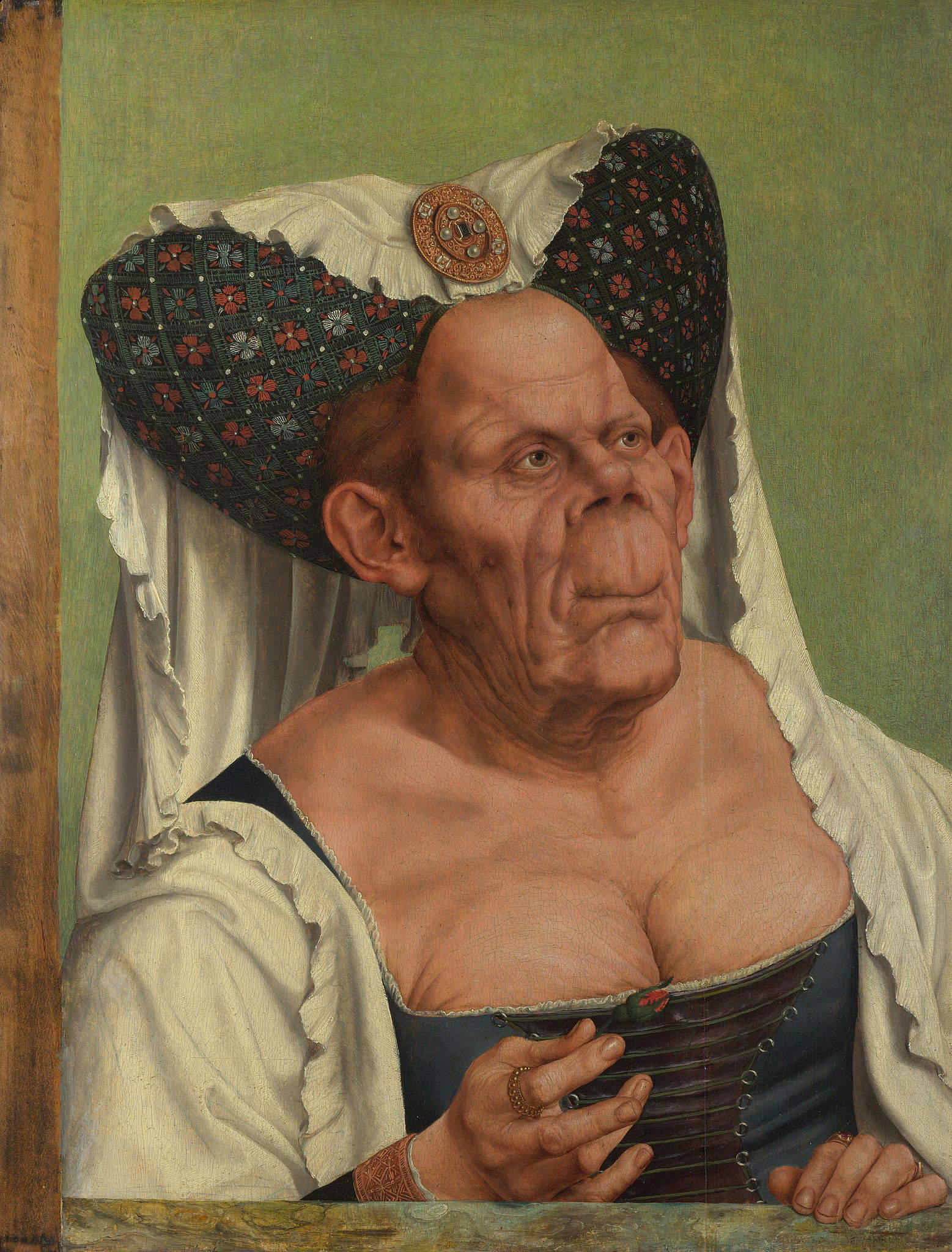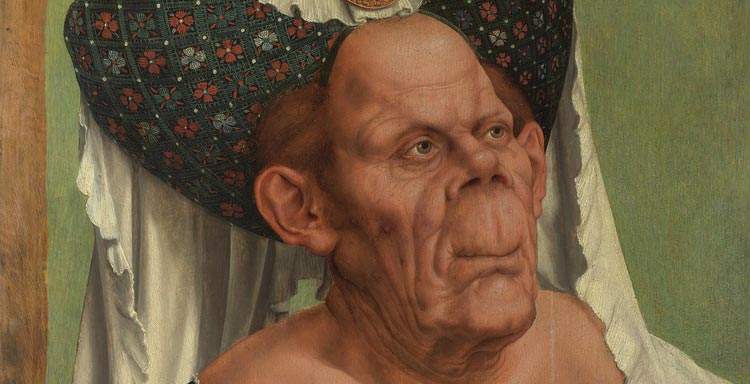It is one of the most famous paintings in the National Gallery in London: it is the so-called Ugly Duchess (“The Ugly Duchess”), a 1513 work by the Flemish artist Quentin Massys (Leuven, 1466 - Antwerp, 1530), and for a long time it was thought it might depict a woman. This idea, however, has been questioned by art historian Emma Capron, curator of the small exhibition The Ugly Duchess: Beauty and Satire in the Renaissance, which focuses precisely on Massys’ work. The exhibition-dossier, which can be visited at the National Gallery until June 11 and is sponsored by the government of Flanders, exhibits the work for the first time along with a drawing of Leonardo’s scope, attributed to Francesco Melzi, showing Massys’ and Leonardo da Vinci’s shared interest in fantastical and “grotesque” heads and the lively artistic exchange between Italy and Northern Europe in the Renaissance, and also reunites the painting with its pendant, the Portrait of an Old Man on loan from a private collection.
In his painting, Massys depicts a woman with exaggerated facial features, a headdress reminiscent of a devil’s horns, a low-cut dress, and wrinkled breasts-elements that appear to have been used by Massys to parody the traditional marriage portrait of an old woman acting like a maiden and offering her more formally dressed and restrained partner a pledge, unrequited, of her love.

This is certainly an unconventional painting, displayed in an exhibition that also seeks to tell the story of how women, old age and ugliness were viewed (and made the subject of satire) in the Renaissance: the thesis is that attitudes were being shaped that still exist today. So unconventional that, as mentioned, it could depict a man.
“It’s most likely a he,” Capron told the Guardian. “A cross-dresser playing on his gender. We know Massys was very interested in the carnival theme, the period when a man can also impersonate a woman.” The appearance of the ugly duchess is actually strikingly similar to that of a man, as are the broad, drooping shoulders, but the person in the portrait also has prominent breasts and feminine clothing. “The breasts, with their brazen and outrageous cleavage, are a fantasy of Massys,” says Capron. And Koen Bulckens of KMSKA in Antwerp, the Flemish city’s fine arts museum, where Massys worked for much of his career, also agrees with her: “Yes, I agree that her face resembles a man’s,” he said. There has also been speculation that this person had some form of disease, an idea, however, discarded by Capron: “He does not have Paget’s syndrome, nor does he suffer from any other disease such as dwarfism or elephantiasis. I’m also very reluctant about the idea of having doctors going around museums and giving diagnoses” (it was in fact a surgeon who had suggested a form of disease, in 2008). Finally, Capron is not even convinced that this is a real person: “These grotesque images belong to a world that is, so to speak, turned upside down,” she said. “The images, sometimes grotesque, sometimes simply imaginative and satirical, are in part metaphors for the social disorder of the time. And they are also entertainment for the artists.”
 |
| What if Quentin Massys' ugly duchess is actually a man? |
Warning: the translation into English of the original Italian article was created using automatic tools. We undertake to review all articles, but we do not guarantee the total absence of inaccuracies in the translation due to the program. You can find the original by clicking on the ITA button. If you find any mistake,please contact us.